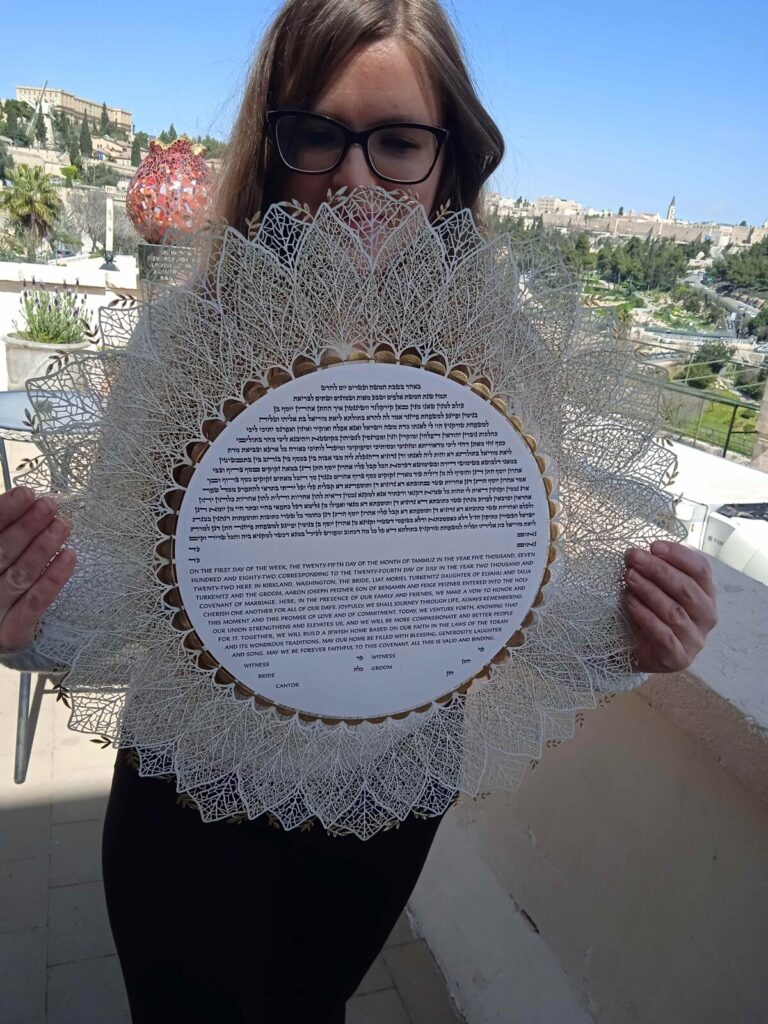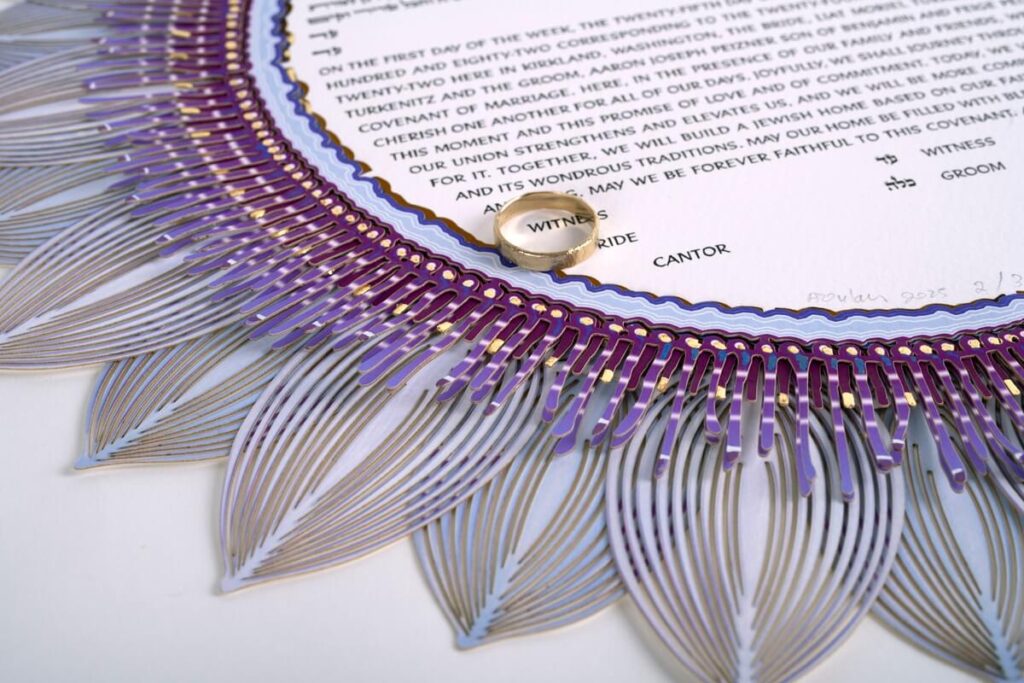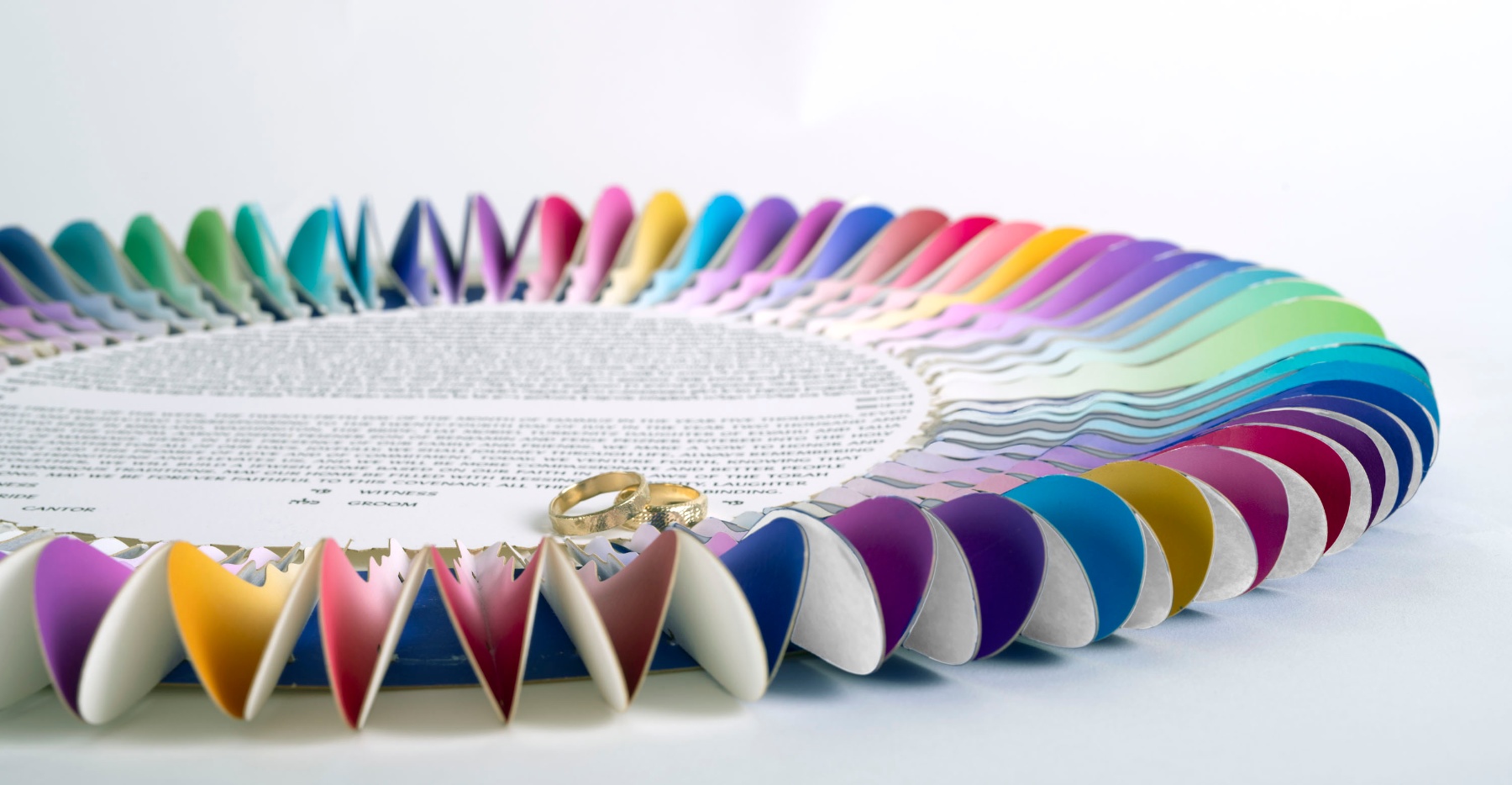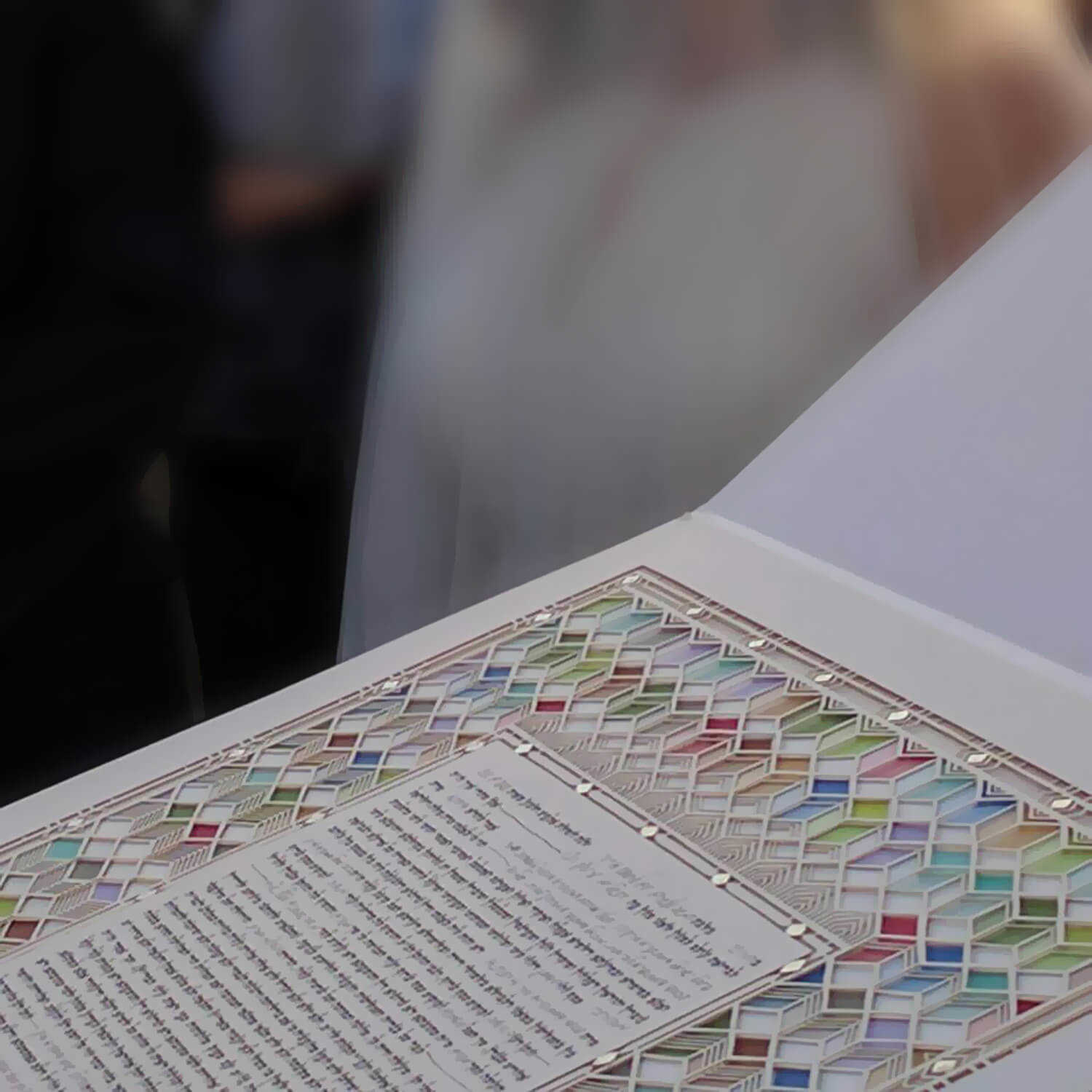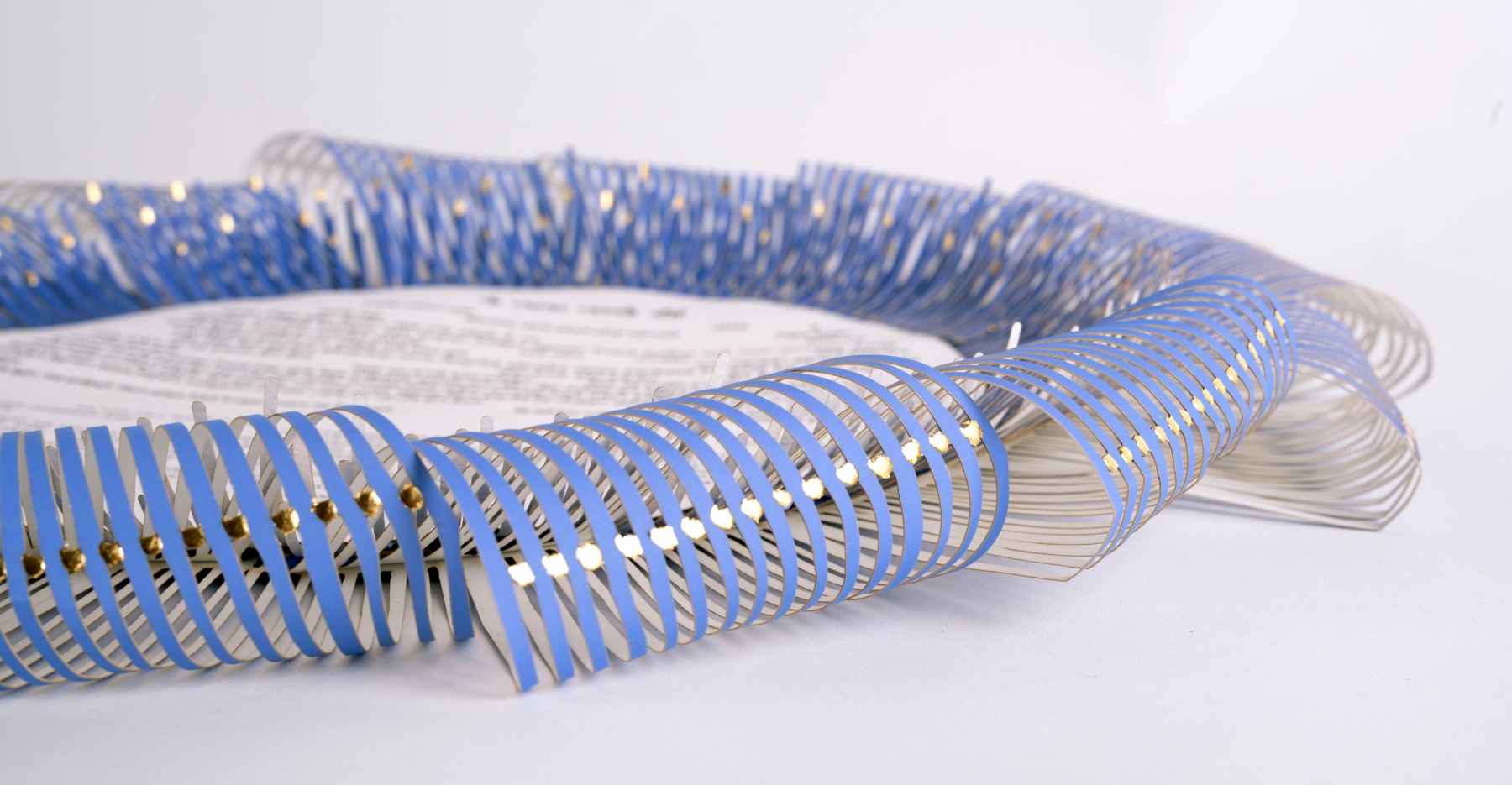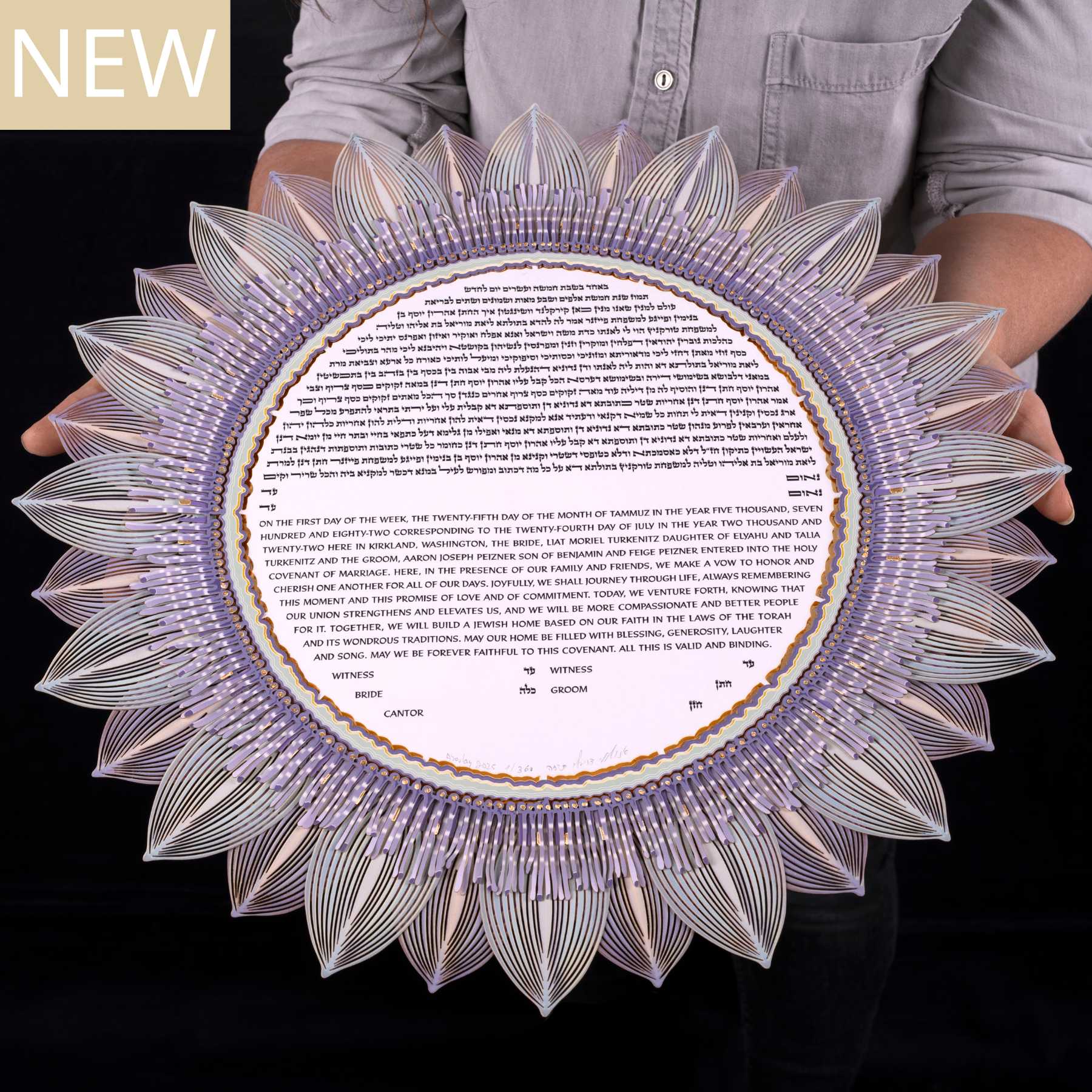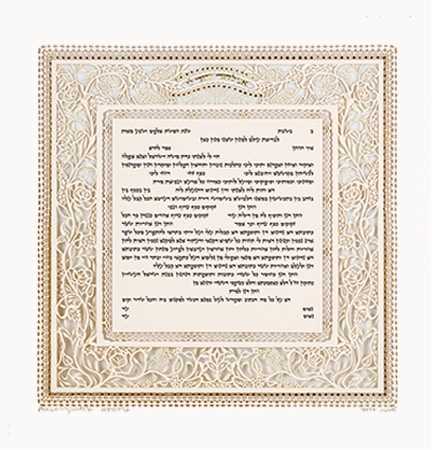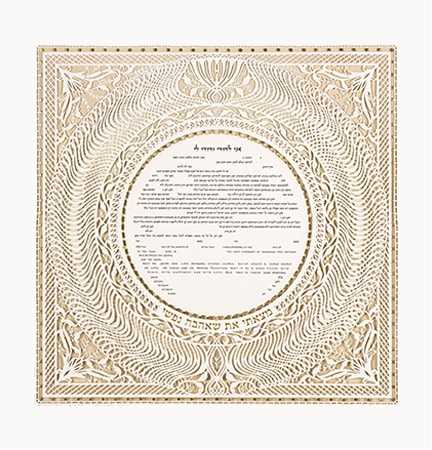A Comprehensive Visual and Symbolic Guide to the Different Types and Styles of Ketubahs
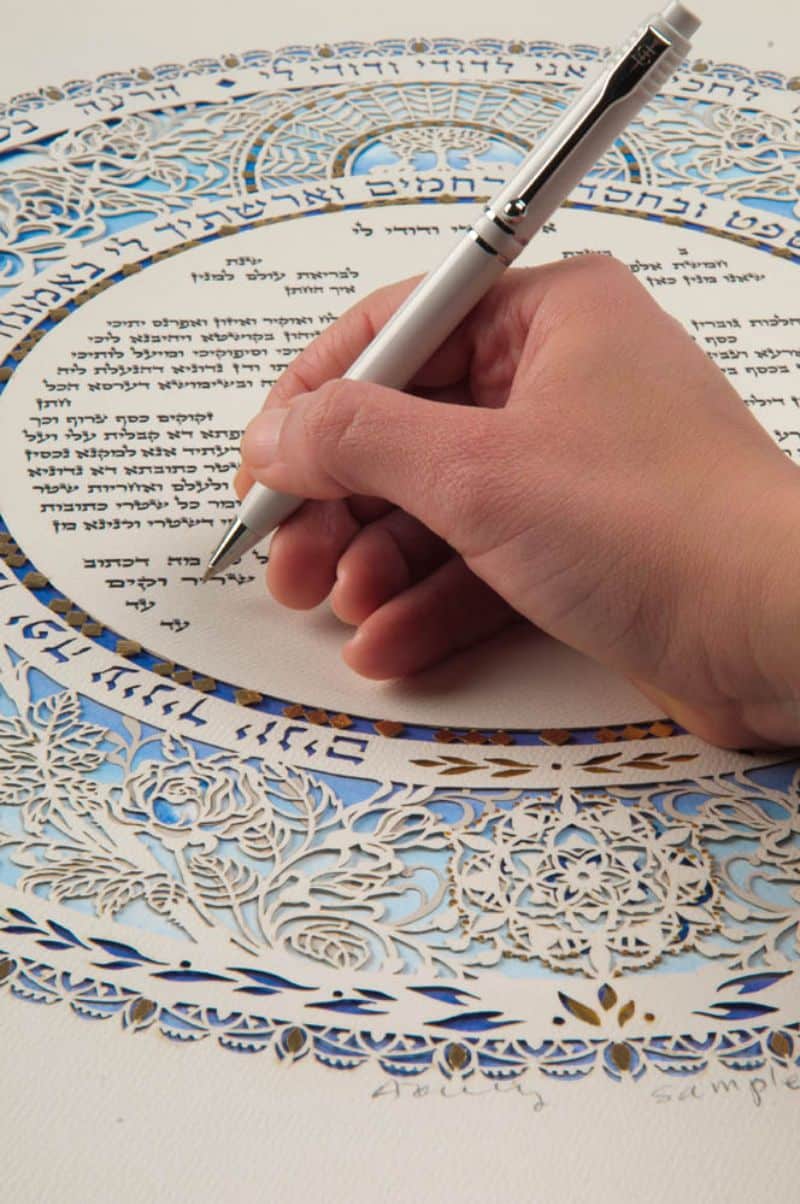
Choosing a ketubah isn’t just about following tradition; it’s a very personal way to show who you are as a couple. Today’s ketubot comes in a wide range of styles, from timeless, classic designs that have been passed down for generations to sleek, modern ones. There’s truly something for every taste and ceremony. This guide discusses the most popular styles, the stories behind their designs, and how to pick the one that best fits your shared values and taste.
Ketubahs in the Old Way
These ketubot pay tribute to traditional Jewish symbols and ways of seeing things. When you look at them, you’ll often see pictures like this:
- Menorahs: They stand for light and continuity.
- Stars of David: A sign of faith and heritage.
- Lions and doves: Signs of peace and strength.
- Scenes from the Bible: Giving historical and religious context.
→ Read more in our article: A Closer Look at Traditional Ketubah Designs
New Ketubahs
Minimalism, clean lines, and one-of-a-kind color schemes are important in modern styles. They often show a couple’s individuality, values, and unique love story through things like:
- Patterns that aren’t real (abstract designs).
- Symmetry in shapes.
- Colors that are soft or strong.
- Quotes from people or poems.
→ Read more about new modern ketubah designs for modern Jewish couples
Papercut Ketubahs
These complicated styles are made by hand or with a precision using thin layers and empty space. They create a beautiful effect with:
- Floral patterns that are very detailed.
- Skylines of Jerusalem.
- Borders that look like lace, trees, or vines.
- Cutouts around the text that mean something.
Papercut ketubot is a beautiful blend of ancient Jewish art and modern technology. They have a striking three-dimensional look.
Illuminated and Hand-Painted Ketubahs
For couples who want a truly unique work of art, illuminated or hand-painted ketubot feature:
- Watercolors or ink washes that are soft.
- Gold and silver leaf that shimmers.
- Scenes inspired by the Torah.
- Very detailed calligraphy.
The couple and the artist both sign these beautiful pieces, which often become valuable family heirlooms.
Thematic and Symbolic
Ketubah designs can also be based on themes that are very important to the couple’s story:
- The Tree of Life: Stands for growth, roots, and strength.
- Pomegranate: A symbol of fertility and plenty.
- Chamsa or Hamsa: A sign of safety and luck.
- Chuppah: A symbol of home and togetherness.
- Rings and doves: Symbols of peace and love.
Modern Fusion Styles
Many modern ketubot do a great job of combining the old with the new. For example:
- A traditional Aramaic text with a simple layout.
- Watercolor designs frames on top.
- Modern color schemes used to show Sephardic patterns.
→ Also, check out: What Has Changed in Traditional and Modern Ketubahs?
Personal and Inclusive Designs
There are now more styles of ketubahs that are personal and welcoming to all couples:
- LGBTQ+ ketubot with text that is gender-neutral and symbols that are welcoming.
- Interfaith ketubot with universal themes or themes from many cultures.
- Custom designs that show off your shared interests, favorite places, or special quotes.
You can often add your own text in English, Hebrew, or another language, and you can choose the color, size, and font that you like best.
How to Pick the Right Style for Your Ketubah
To find the right fit, ask yourself these questions:
- What kinds of art do we like: bold, simple, or ornate?
- Do we like a design that has specific Jewish symbols in it or one that is more abstract?
- Are we going to hang the ketubah at home? If so, where?
- Are we using a translation, writing our own text, or a traditional text?
- Do we want to help a certain artist or style ?
Tip: Don’t make your choice alone. Make sure to talk to your officiant about your choice to ensure it fits perfectly with the type of ceremony you want.
→ See also: How to Pick the Right Ketubah for Your Wedding
Questions That Are Often Asked (FAQ)
What are the different styles of ketubah? You can choose from traditional, modern, papercut, hand-painted, symbolic, minimalist, and fusion ketubot. Each style has its own look, meaning, and overall purpose.
What is a papercut ketubah? A papercut ketubah is made by cutting out detailed designs from paper, often using layers to give the designs more depth. It can be made by hand, and it usually has floral, architectural, or symbolic patterns on it.
What symbols do people like in ketubah art? Some common symbols are the Tree of Life, pomegranates, doves, lions, Jerusalem, the chamsa, and wedding rings. All of these show ideas of growth, unity, blessing, and tradition.
Is it possible for a ketubah to be both modern and traditional? Yes. Many ketubot do a great job of combining the two, like using a traditional text with a modern design layout or using traditional motifs in new color schemes or simple formats.
Can LGBTQ+ and interfaith couples choose how their designs look? Of course. There are many different text and design options that are open to all couples, no matter their background, gender identity, or religion.
What kind of ketubah is best for framing and showing off? When framed, papercut and hand-painted ketubot look especially beautiful and often become the main piece of home decor.
Can we change the design of our ketubah? Yes. Many artists, like Danny Azoulay, let you choose the color, size, layout, and even make your own designs.
Last Thought
Your ketubah is more than just a piece of paper; it’s the first piece of art that means something to you as a married couple. There is a perfect ketubah style for your unique story, whether you want a traditional, modern, handcrafted, or simple one.
🖼️ Check out Danny Azoulay’s full range of styles here: See All Ketubah Styles


